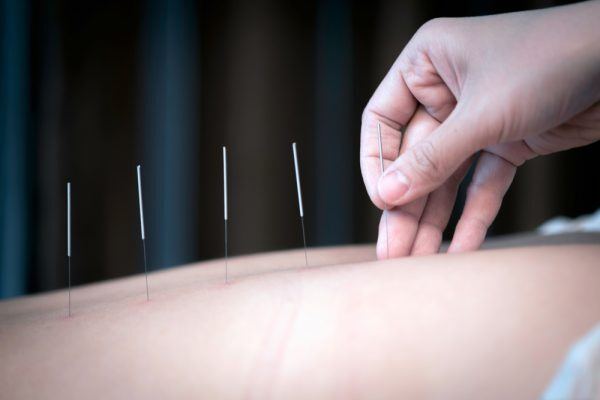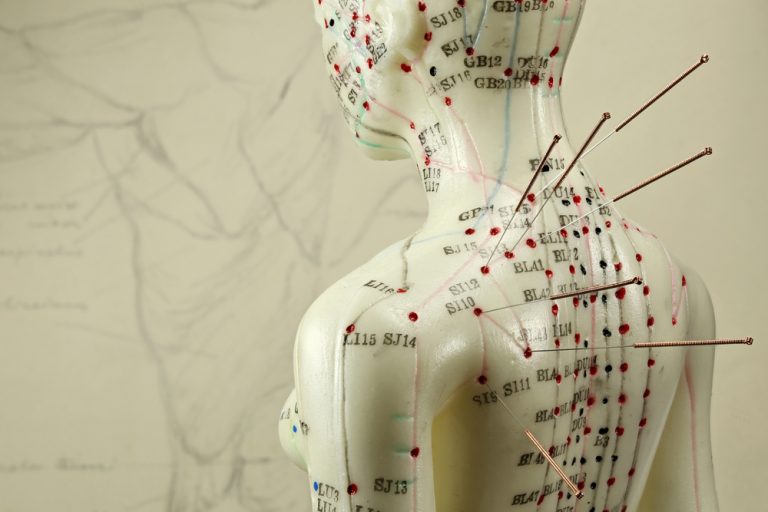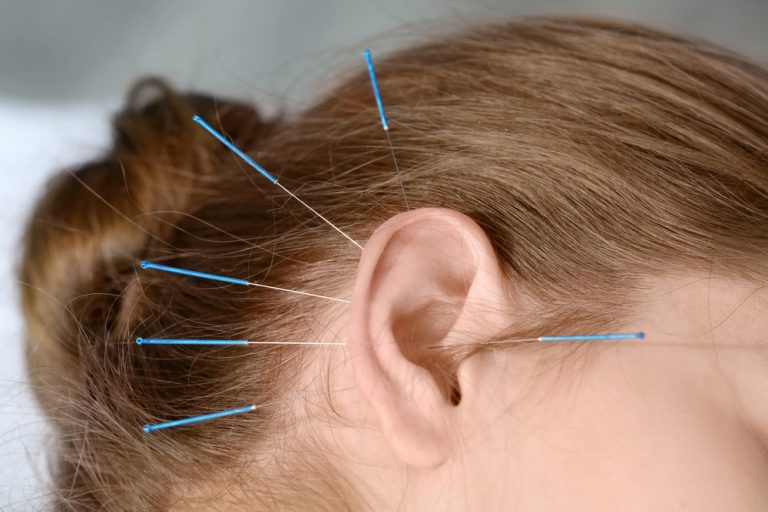Acupuncture is a form of medical treatment. The California Labor Code Section 4600 specifically provides for acupuncture treatment. Labor Code Section 4600(a) states:
Medical, surgical, chiropractic, acupuncture, and hospital treatment, including nursing, medicines, medical and surgical supplies, crutches, and apparatuses, including orthotic and prosthetic devices and services, that is reasonably required to cure or relieve the injured worker from the effects of his or her injury shall be provided by the employer.
All medical treatment is subject to Utilization Review the Independent Medical Review. See LC 4600(b).
This article is intended to briefly discuss acupuncture within workers’ compensation.
What is Acupuncture?
Acupuncture is a technique in which practitioners stimulate specific points on the body—most often by inserting thin needles through the skin. It is one of the practices used in traditional Chinese medicine. See NCCIH. NCCIH is the National Center for Complementary and Integrative Health and is the Federal Government’s lead agency for scientific research on the diverse medical and health care systems, practices, and products that are not generally considered part of conventional medicine.
Is there a Scientific Basis for Acupuncture Treatment?
Per NCCIH, “results from a number of studies suggest that acupuncture may help ease types of pain that are often chronic such as low-back pain, neck pain, and osteoarthritis/knee pain. It also may help reduce the frequency of tension headaches and prevent migraine headaches. Therefore, acupuncture appears to be a reasonable option for people with chronic pain to consider. However, clinical practice guidelines are inconsistent in recommendations about acupuncture.
The effects of acupuncture on the brain and body and how best to measure them are only beginning to be understood. Current evidence suggests that many factors—like expectation and belief—that are unrelated to acupuncture needling may play important roles in the beneficial effects of acupuncture on pain.”
Are there side effects to Acupuncture Treatment?
Per NCCIH, there are “[r]elatively few complications from using acupuncture have been reported. Still, complications have resulted from the use of nonsterile needles and improper delivery of treatments. When not delivered properly, acupuncture can cause serious adverse effects, including infections, punctured organs, collapsed lungs, and injury to the central nervous system.”
The NCCIH notes that “[t]he U.S. Food and Drug Administration (FDA) regulates acupuncture needles as medical devices for use by licensed practitioners and requires that needles be manufactured and labeled according to certain standards. For example, the FDA requires that needles be sterile, nontoxic, and labeled for single use by qualified practitioners only.”
How Does California Workers’ Compensation view Acupuncture?
In prior MTUS Guidelines, Acupuncture is used as an option when pain medication is reduced or not tolerated. It also could have been intended to be used as an adjunct to physical rehabilitation and/or surgical intervention to hasten functional recovery.
How is Acupuncture performed?
Acupuncture “is the insertion and removal of filiform needles to stimulate acupoints (acupuncture points). Needles may be inserted, manipulated, and retained for a period of time.” See MTUS.
What is Acupuncture Treatment used for in Workers’ Compensation?
Acupuncture can be used to reduce pain, reduce inflammation, increase blood flow, increase range of motion, decrease the side effect of medication-induced nausea, promote relaxation in an anxious patient, and reduce muscle spasm. See MTUS.
Are there different types of Acupuncture?
Yes. There is Acupuncture with Electrical Stimulation. It is done by the use of electrical current (micro- amperage or milli-amperage) on the needles at the acupuncture site. See MTUS.
What is Acupuncture with Electronic Stimulation Used for?
“Electronic Stimulation is used to increase the effectiveness of the needles by continuous stimulation of the acupoint. Physiological effects (depending on location and settings) can include endorphin release for pain relief, reduction of inflammation, increased blood circulation, analgesia through interruption of pain stimulus, and muscle relaxation. It is indicated to treat chronic pain conditions, radiating pain along a nerve pathway, muscle spasm, inflammation, scar tissue pain, and pain located in multiple sites.” See MTUS.
What is the Goal of Acupuncture?
One of the main goals of acupuncture within workers’ compensation is that the Injured Worker has some “Functional Improvement.” Therefore, continued acupuncture treatment is dependent upon the Injured Worker reporting “functional improvement” with the modality.
Where Can I Get Legal Advice?
If you would like a free consultation regarding workers compensation, please contact the Law Offices of Edward J. Singer, a Professional Law Corporation. They have been helping people in Central and Southern California deal with their worker’s compensation cases for 26 years. Contact us today for more information.
Featured image: Sirirat/Shutterstock


